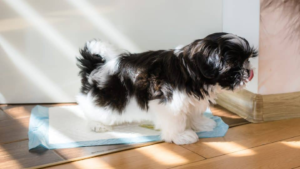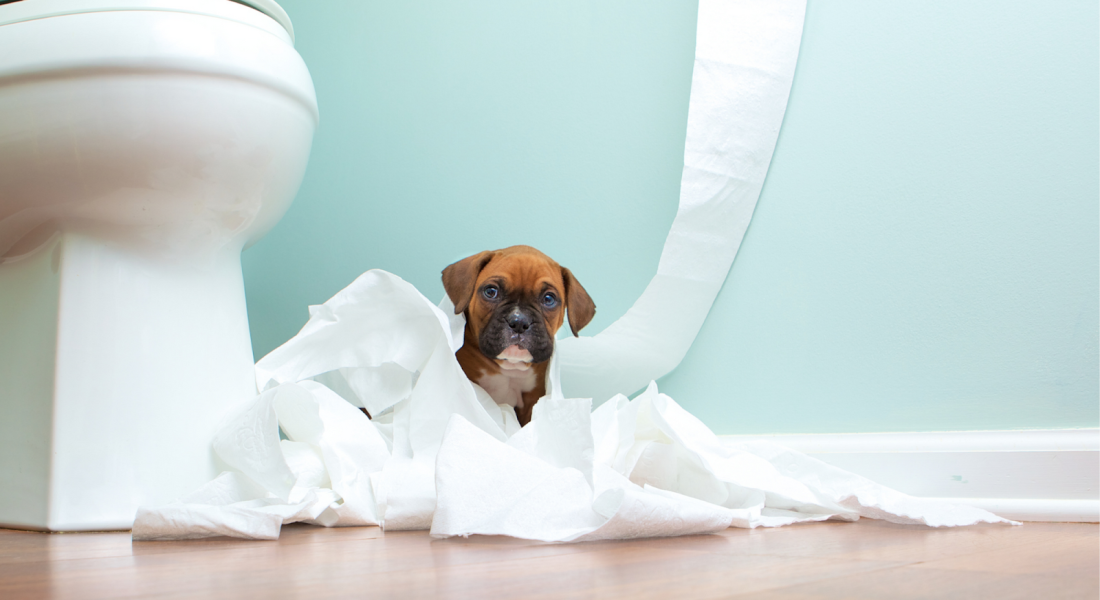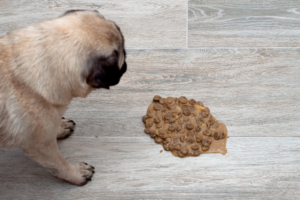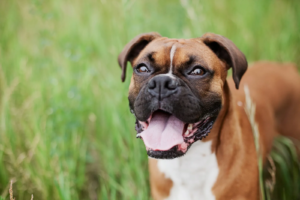The journey of puppy parenthood comes with the essential task of potty training. This step of training not only creates a clean living environment but also establishes a strong communication bond between pet and owner.
In this guide, we will dive into the fundamental principles of puppy potty training, addressing effective methods, consistency, and the significance of positive reinforcement. Understanding these basics will pave the way for a successful and fulfilling training experience, setting the stage for a well-adjusted and happy puppy in your home.
Understanding the Basics of Puppy Potty Training
Puppies are essentially blank slates when it comes to potty training. They still need to develop a sense of where and when it is appropriate to do their business, making this task solely reliant on the owner’s guidance and consistency.
Consistency is key in puppy potty training. Establishing a routine for your puppy will help them understand when it is time to go potty and where they should do it. This routine should include taking your puppy out first thing in the morning, after meals, before bedtime, and every few hours in between.
Positive reinforcement is also crucial in this training process. Puppies respond well to praise and rewards for good behavior, so be sure to shower them with praise and treats when they successfully go potty in the designated spot. This will reinforce the desired behavior and encourage your puppy to continue using that spot for their business.
Puppy Potty Training Basics: Effective Methods
There are various methods for potty training a puppy, and it is essential to find the one that works best for you and your furry friend. Here are three famous and effective methods to consider:
Crate Training:
This method utilizes the instinct of dogs not to soil their sleeping area. By confining your puppy in a crate when they cannot be supervised, they will learn to control their bladder and bowel movements. It is crucial to gradually increase the time your puppy spends in the crate and take them out for potty breaks regularly.
Paper Training:
This method involves gradually transitioning from using puppy pads to outside potty breaks. Start by placing the pads in a designated area, then slowly move it closer to the door and eventually outside. This method works well for smaller breeds, especially puppies living in apartments.
Outdoor Training:
This approach involves taking your puppy outside consistently and rewarding them for doing their business in the designated spot. It requires more supervision and patience, but it is a natural and effective way of potty training. Taking out your puppy almost every hour may become common for the first couple weeks or months.

Maintaining Consistency in Puppy Potty Training
Consistency is crucial in puppy potty training. Here are some tips to help maintain consistency:
- Stick to a routine: As mentioned earlier, establish a routine for your puppy’s potty breaks.
- Be patient: Puppies will have accidents, and it is essential to remain calm and patient throughout the process.
- Keep an eye on your puppy: Supervision is vital in preventing accidents and being able to take your puppy out for potty breaks.
- Clean up accidents properly: It is essential to clean up any accidents thoroughly, as the scent can encourage your puppy to continue using that spot.
With consistency and patience, your puppy will eventually learn where and when it is appropriate to go potty. Remember to always use positive reinforcement to encourage good behavior.
Positive Reinforcement: A Key Element in Puppy Potty Training
Positive reinforcement is an integral part of puppy potty training. Here are some ways to incorporate it into the training process:
- Praise and treat your puppy when they go potty in the designated spot.
- Use a particular cue word or phrase, such as “go potty,” to help your puppy understand what you want them to do.
- If your puppy has an accident inside, avoid scolding or punishment. Instead, redirect them to the designated spot and reward them when they go potty there.
- Consistently reinforce good behavior with praise and treats, even as your puppy becomes more reliable in their potty training.
Deal With Accidents The Right Way
Accidents will happen during the potty training process, and it is crucial to handle them correctly. Here are some tips for dealing with accidents:
- Remain calm, and do not scold your puppy.
- Clean up the accident thoroughly, using an enzymatic cleaner to remove any lingering scent.
- Take your puppy outside to their designated potty spot and reward them if they finish their business there.
- If accidents continue to happen, go back to the basics and reinforce the routine and positive reinforcement techniques.
How Long Does Puppy Potty Training Take?
The timeline for puppy potty training can vary from a few weeks to several months, depending on the consistency and approach taken. Some puppies may catch on quickly, while others may take longer to understand and master the concept.
It is essential to be patient, consistent, and positive throughout the process. Furthermore, young puppies have smaller bladders, so they will need more frequent potty breaks until they are a few months old. Adult dogs may also have accidents, especially in new environments or situations. As a responsible pet owner, it is essential to understand and accommodate these needs for your dog’s overall well-being and successful potty training experience.
Conclusion
In conclusion, mastering the art of puppy potty training requires patience, consistency, and a deep understanding of your furry companion’s behavior. By implementing positive reinforcement techniques, maintaining a consistent schedule, and being attentive to your puppy’s cues, you can establish a strong foundation for successful potty training. Remember that accidents are a natural part of the learning process, so approach setbacks with understanding and perseverance.
Celebrate each milestone achieved, and always prioritize the bond and trust between you and your puppy. As you navigate this essential training, keep in mind that your dedication and guidance will lead to a well-adjusted and happy canine companion, fostering a fulfilling relationship for years to come.




